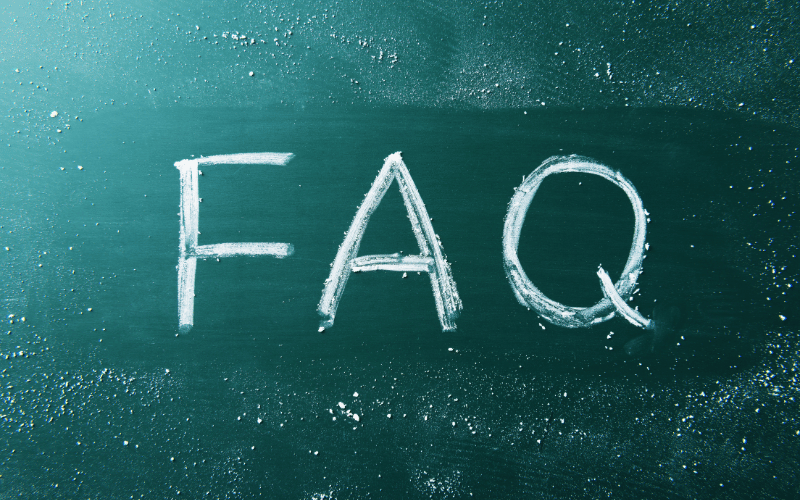FAQs on Chagas Disease (American Trypanosomiasis)

1. What are the primary transmission methods of Chagas disease?
The main transmission route is through the bite of infected triatomine bugs, commonly known as “kissing bugs.” These bugs transmit the parasite Trypanosoma cruzi when they bite and then defecate near the site. Other methods include contaminated blood transfusions, organ transplants from an infected donor, consumption of contaminated food or drink, and from an infected mother to her baby during pregnancy.
2. How is Chagas disease diagnosed?
Diagnosing Chagas can be a two-step process. In the initial phase, a blood test can identify the presence of the parasite. If this test comes back positive, a confirmatory test is conducted to ensure the accuracy of the diagnosis. As symptoms can be non-specific, especially in the early stages, it’s vital to have a high degree of suspicion in at-risk populations or those with a travel history to endemic areas.
3. Are there any available treatments for Chagas disease?
Yes, there are antiparasitic treatments available, like benznidazole and nifurtimox. These medicines are most effective when given during the acute phase of the infection but can also be beneficial in chronic cases. However, it’s crucial to consult a healthcare professional for an accurate diagnosis and treatment recommendation.
4. How can I prevent Chagas disease while traveling in endemic areas?
Prevention strategies include using insect repellent, wearing long-sleeved shirts and pants, and sleeping under bed nets in areas where triatomine bugs are prevalent. Also, avoiding the consumption of unpasteurized juices and food in endemic areas can reduce the risk of oral transmission.
5. Is there a vaccine available for Chagas disease?
Currently, there is no vaccine against Chagas disease. The best prevention methods involve avoiding contact with the triatomine bugs and taking precautions, as mentioned above, especially when in areas known to be affected by the disease.
Conclusion: Reflecting on Chagas Disease’s Global Impact
Chagas disease, or American trypanosomiasis, remains a formidable health challenge in many regions, especially in parts of Latin America. Its silent progression and potentially severe long-term health implications underscore the importance of global awareness and timely interventions. The intricacies of its transmission, the devastating nature of its chronic phase, and the economic toll it exacts on affected regions present a multi-faceted challenge. Yet, with increased international collaboration, research, and community involvement, there’s a palpable momentum in addressing its spread.
The evolving landscape of global response, from vector control programs to research breakthroughs, paints a picture of hope. The emphasis on early detection, treatment possibilities, and preventative measures has never been more pronounced. While there’s still much work to be done, the concerted efforts of health professionals, researchers, governments, and affected communities worldwide are steering the narrative towards a more positive trajectory. As we continue to learn, adapt, and fight, the dream of a Chagas-free world appears not just as a distant hope but as an attainable reality.